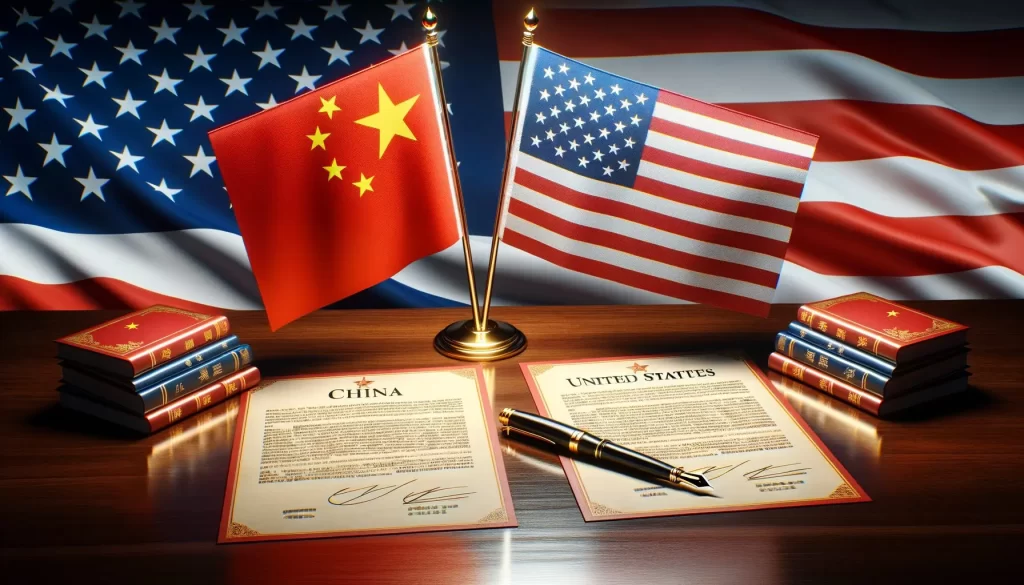
May 2, 2025 — With a potential 125% U.S. tariff on Chinese electric vehicles (EVs) fast approaching, China is carefully reviewing the outcome of recent bilateral talks, signaling a pivotal moment in ongoing trade tensions between the world’s two largest economies.
The Biden administration is poised to implement the steep tariff as part of its broader effort to shield American manufacturers from what it describes as unfair competition. U.S. officials accuse China of flooding global markets with state-subsidized green technology, including EVs, threatening U.S. industry growth and national economic security.
China Analyzes U.S. Intentions
China, meanwhile, is adopting a wait-and-see approach. According to sources close to the Chinese Ministry of Commerce, officials are conducting internal assessments of the diplomatic tone and substance of recent discussions with their American counterparts.
“We are analyzing the sincerity of the U.S. side and whether there is room for constructive compromise,” said a Chinese trade adviser familiar with the talks. “However, we will firmly defend our national interests if the final measures are discriminatory and protectionist.”
Tariff Impact and Market Reactions
The proposed tariff hike, expected to be finalized within weeks, could drastically restrict Chinese EV access to the U.S. market. Analysts say such a move could not only escalate trade tensions but also disrupt global supply chains and drive up costs for American consumers.
U.S. Trade Representative Katherine Tai defended the measure, stating, “We must ensure that American workers and innovators are not undermined by foreign industrial overcapacity and unfair state support.”
Read This : Cetoex Made Easy 8-Step Guide to Buying Crypto.
Industry and Global Implications
Industry groups in both countries are watching the situation closely. U.S. automakers have largely welcomed the move, seeing it as necessary protection, while some Chinese EV companies have already begun shifting their export strategies toward Europe, Southeast Asia, and Latin America.
Retaliation and Future Talks
Beijing has not ruled out retaliatory action. Past disputes have led to reciprocal tariffs on U.S. agricultural products, semiconductors, and aircraft components. Diplomatic channels remain open, with another round of discussions tentatively scheduled ahead of the tariff’s expected enforcement date.
Whether the two superpowers can bridge their economic rift or slide further into a prolonged trade standoff remains to be seen.
Do Follow Us On Social Media And Keep Reading And Become Our Members